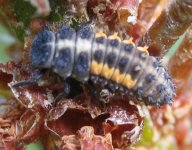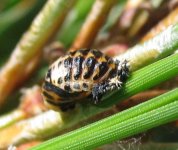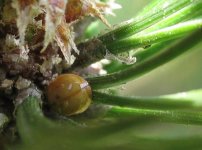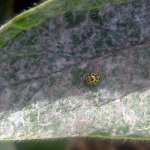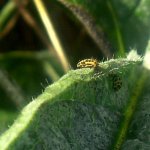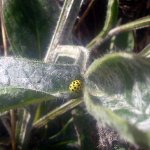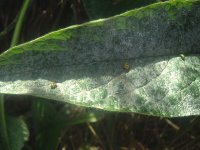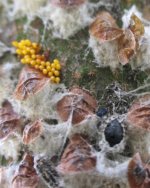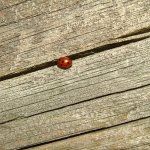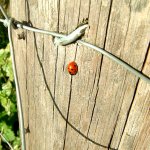Brian Bullough
DIGIDOPE
Larry Wheatland said:I'm no expert, but I think it could be a 10 spot (Adalia decimpunctata...scientific name could even be wrong !). They are very variable, and similar in size to the also very variable 2 spot (Adalia bipunctata), but apparently have yellowish rather than black legs. Was it the size of a 2 spot ?
There where two this one about only 3-4mm other even smaller am I right in thinking they are a new hatch do Ladybirds change to adult colour,not sure of the leg colour as original photo not on this computer .
Brian




